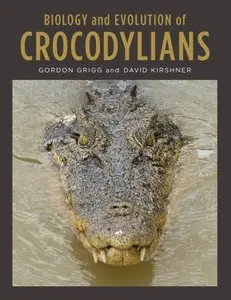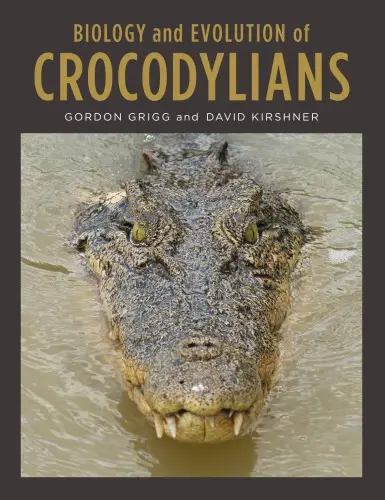Biology and Evolution of Crocodylians by Gordon C. Grigg
English | 2015 | ISBN: 1486300669, 0801454107 | 672 pages | PDF | 37 MB
English | 2015 | ISBN: 1486300669, 0801454107 | 672 pages | PDF | 37 MB
Crocodiles, alligators, caimans, and gharials―the Crocodylia, known collectively as crocodylians (or crocodilians)―are the world’s largest living reptiles. The largest of them, probably the estuarine or saltwater crocodile, Crocodylus porosus, can grow to almost twenty feet and weigh more than two thousand pounds. Crocodylians are creatures of great contrast. They can remain patiently still for ages, yet can also move like lightning to snap up a meal. They are formidably strong, active predators, with jaws that can tear apart large prey items, yet a mother or a father can gently assist hatchlings out of the eggs, and carry them to the water between their teeth. Because large crocodylians can (and do) eat people, they invite fear and loathing, but they also inspire curiosity and admiration.
Biology and Evolution of Crocdylians is a comprehensive review of current knowledge about the world’s largest and most famous living reptiles. Gordon Grigg’s authoritative and accessible text and David Kirshner’s stunning artwork and color photographs combine expertly in this contemporary celebration of crocodiles, alligators, caimans, and gharials. This book showcases the skills and capabilities that allow crocodylians to live how and where they do. It covers the biology and ecology of the extant species, conservation issues, crocodilian-human interaction, and the evolutionary history of the group.
Richly illustrated with more than five hundred color photographs and black-and-white illustrations, this book will be a benchmark reference work for crocodylian biologists, herpetologists, and vertebrate biologists for years to come.



